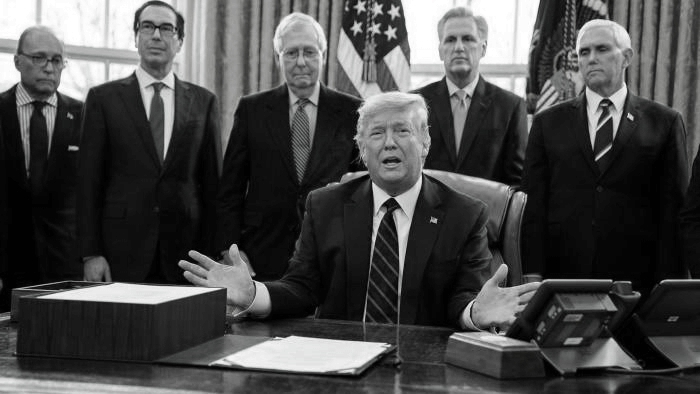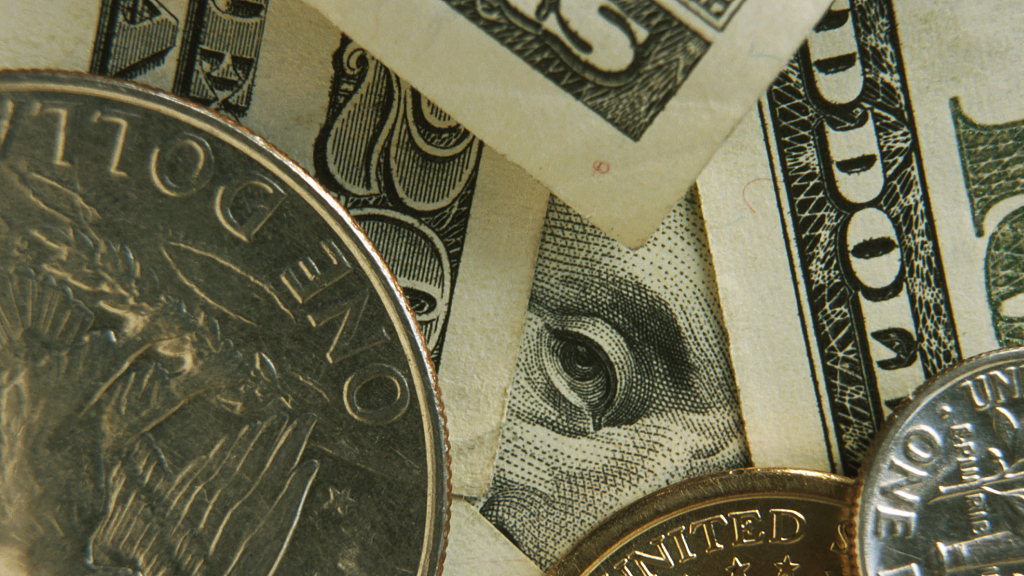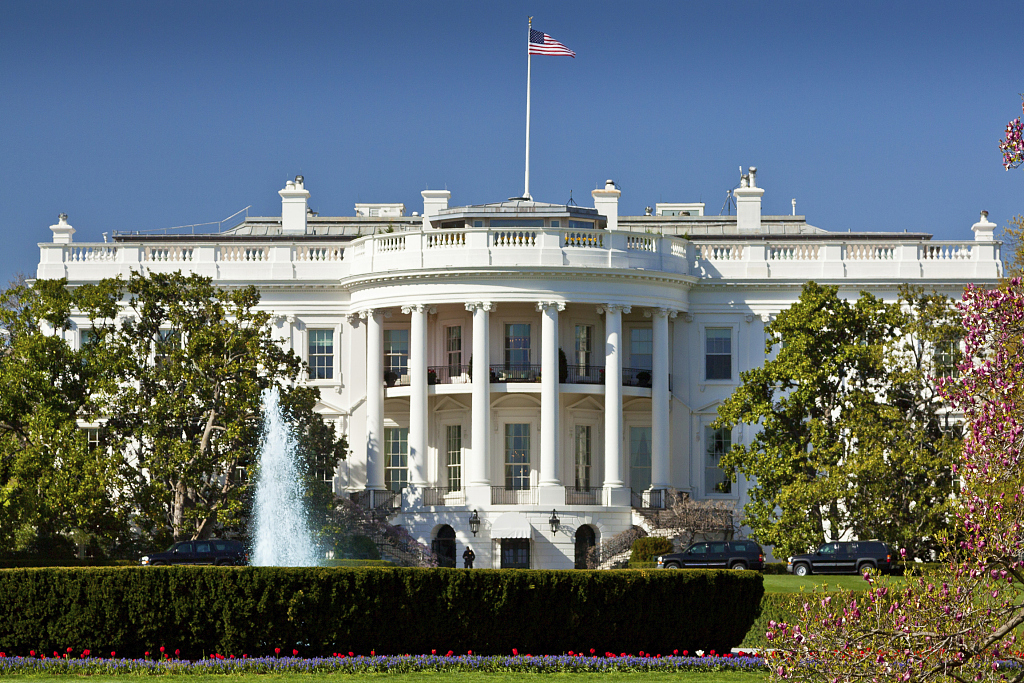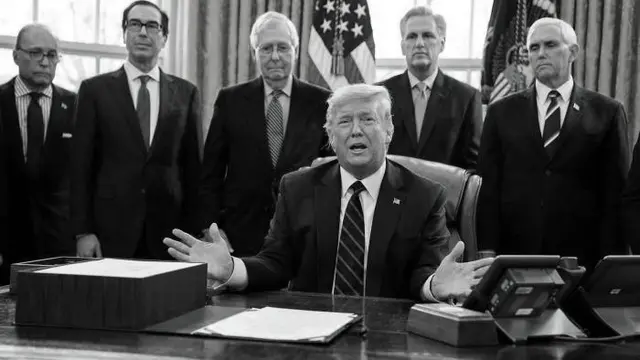
The response to the COVID-19 pandemic has exposed major weaknesses in the federalist system of public health governance, which divides powers among the federal, state and local governments, according to a commentary published in the
New England Journal of Medicine
(NEJM).
The commentary is jointly written by Michelle Mello, a professor from the University of Stanford and Rebecca Haffajee, a policy researcher at the RAND Corporation. Although the government has urged people to heel the call of practicing social distancing and carried out targeted quarantine measures, success will come in the future only if the whole federal leadership can guide a uniform response due to the fact that the virus can spread almost everywhere. "The lack of interjurisdictional coordination has and will cost lives," they warned.
What is the U.S. response to COVID-19?
As the total confirmed cases of COVID-19 in the U.S. rose to more than 278,000 according to data from Johns Hopkins, increasing numbers of state and city leaders fired off warnings to the White House that a tipping point was near.
At present, states and localities have been at the leading edge of the response but have exercised their public health powers unevenly. The lack of a uniform response from the federal leadership led to the result that the U.S., having the most cases of COVID-19 from across the globe so far, has already become the new epicenter of COVID-19, as previously predicted by the World Health Organization (WHO).

VCG
However, COVID-19 is exactly the type of infectious disease for which federal public health powers and emergencies were conceived. As Mello writes, "The virus is highly transmissible, crosses borders efficiently, and threatens our national infrastructure and economy."
Although the Senate has passed a roughly 2-trillion-U.S.-dollar coronavirus response bill intended to speed relief across the American economy and keep businesses and individuals afloat during an unprecedented freeze on the majority of American life, the federal government has done too little.
In addition, the tumbling stock market and unprecedented 10 million unemployment claims last month also have created further pressure by the federal government to project a sense of calm.
What more could the federal government do?
After China has gradually contained the spread of the virus, Italy became the second hardest hit country by COVID-19 pandemic. Despite strict measures in place to limit the crisis, numbers of confirmed cases keep rising, placing Italy's national health care system under severe strain.
However, following China's response to COVID-19 and receiving medical support from China, Italy has gradually reached a good approach so far with the declining daily new confirmed cases in the country.
Similar to Italy at early stages, the current situation in the U.S. is that many jurisdictions still turn a blind eye and noncompliance with social distancing guidance issued by the CDC, as evidenced by crowded beaches and children congregating in public parks.

The White House. /VCG
Under such circumstances, there is a clear need to go beyond merely issuing White House and CDC guidelines because voluntary compliance is not working.
Besides, congress could use its spending power to further encourage states to follow a uniform playbook for community mitigation that includes measures for effective enforcement of public health orders.
Meanwhile, the NEJM also suggested that Congress could leverage its interstate-commerce powers to regular economic activities that affect the interstate spread of COVID-19, such as restricting large businesses from traveling and operating across state lines in ways that expose workers to risk.
Additionally, the White House could also make further use of the Defense Production Act (DPA) to direct private companies to produce badly needed ventilators and personal protective equipment for health-care workers, as noted by Mello and Haffajee.
In the midst of this global pandemic, no one country in the world can be an outsider. As the NEJM warned, learning is difficult amid the pandemic, but one lesson is already clear: When epidemiologists warn that a pathogen has pandemic potential, the time to fly the flag of local freedom is over.
(Cover: U.S. President Donald Trump signed the historic stimulus bill into law at a ceremony in the White House's Oval Office, March 27, 2020. /AP)
 简体中文
简体中文



